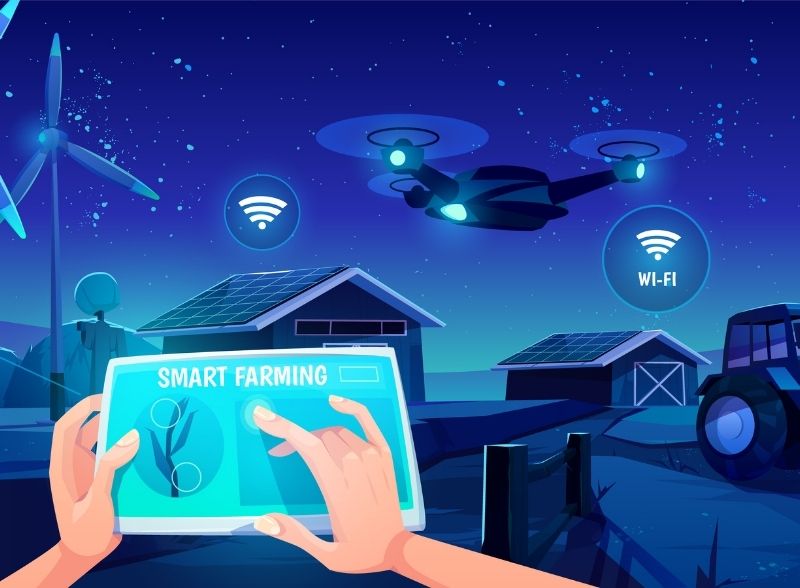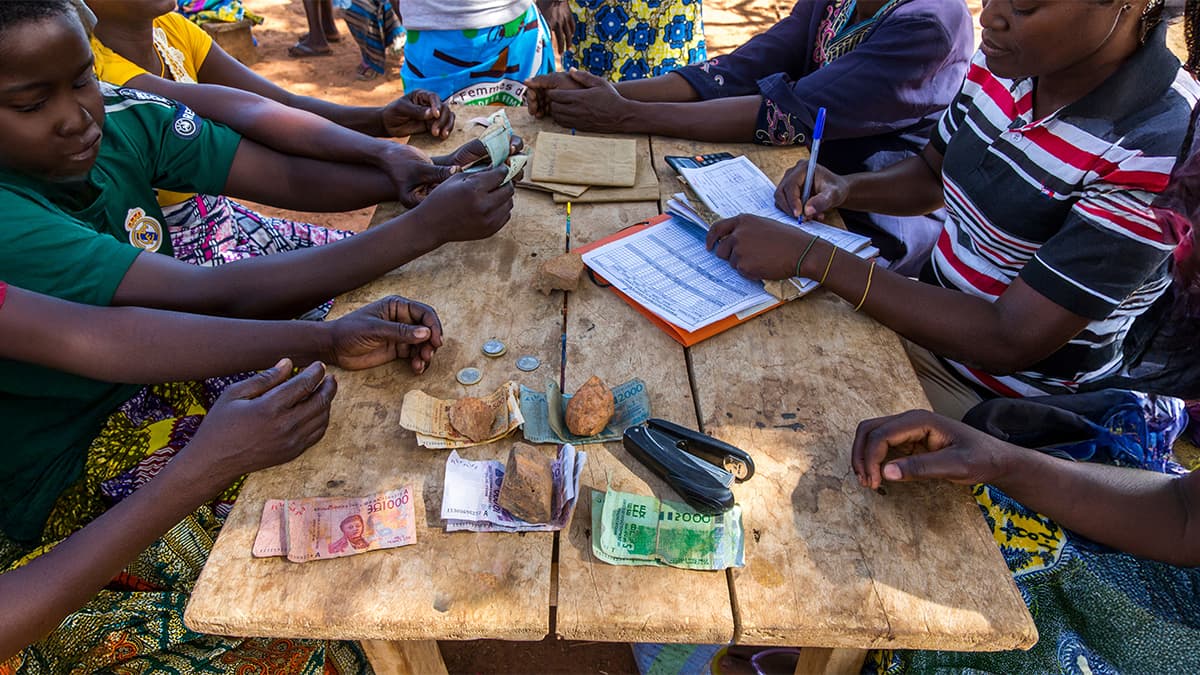Ever thought of the journey food takes before it touches your fork? The food raised on farms moves in a domino-like motion before it hits our plate. Connecting farms and farmers with the markets and consumers have been often challenging because of the many steps involved in the chain. But digital technologies come with a promise to dissolve these challenges. Agriculture has found an ally in Agritech- it’s the application of cutting-edge technologies to improve traceability, enhance productivity and empower farmers to reach the coveted goal of food security. If Green Revolution focused on growing more with more, Agritech promises to do more with less- attain higher productivity with less space and less time. Agritech is seen as the sunrise for the dawn of Agriculture 4.0 marked by drones capturing images of farms, Agritech robots engaged in seeding and harvesting and Big Data & Internet of Things (IoT) guiding farmers with data to produce the right crop at the right time.

Tapping Agritech’s Disruptive Potential
If we consider India’s agriculture sector, it’s worth $488 billion, employing more than half of the country’s population of around 1.3 billion and contributing 18 per cent to the Gross Value Added (GVA). Think what a disruptor Agritech can be in this huge market! Agritech’s potential is estimated at $24 billion by 2025. But the actual penetration is only one per cent of this potential. Taking note of the chasm between the potential and delivery, the Indian government has roped in tech companies to develop Proof of Concepts (PoCs) of digital solutions for the farm-to-fork value chain by leveraging emerging technologies. These pilot projects are part of the Government’s Digital Agriculture Mission, drawing on the National Farmers’ Database.
Challenges On the Ground for Agritech Adoption
One roadblock holding back the swift adoption of Agritech is the fragmented farm holdings. About 550 million smallholder farmers produce food for more than 50 per cent of the population in low-and middle-income countries. In India, especially, fragmentation is pronounced- 80 per cent of Indian farmers till less than five hectares of land each. This results in low economies of scale, limited access to technology, high marketing costs, and low productivity. For Agritech solutions to be affordable and accessible, more challenges need to be overcome like:
Limited access to financial services: Data from the Reserve Bank of India (RBI) shows that only 40 per cent of the country’s farmers have access to a format credit system.
Constraints in digital infrastructure: The limited penetration of digital infrastructure and digital records in the agriculture value chain limits the scope for Agritech disruptions.
Inadequate market linkage support: About 80 per cent of the farmers do not get the stipulated MSP (Minimum Support Price). Also, they have limited or no access to markets beyond the mandis.

CSM’s Agritech Suite to Transform Farm Outcomes
CSM Technologies has developed an end-to-end Agritech suite capable of disruption with delight at every stage of the farm-to-fork value chain. Be it for enhanced traceability or transparency of food, procurement, empowerment (of small farmers), fair price discovery, offering defence to crops against pests, easing logistics challenges or delivering food to the last mile, we have created a solution for addressing every pain point with automation. Among our pre-harvest interventions, we have implemented an integrated Soil Mapping System for National Soil Information System in Ethiopia- the system leverages advanced sensors and intelligent targeting and geo-processing algorithms to produce high-resolution, accurate soil and topographic information. Then, an automated Seed Certification system implemented both in Kenya and Bihar navigates the challenge of making available certified seeds for the benefit of both growers and traders.
Our comprehensive suite of digital solutions doesn’t stop here. We have designed an Agri Procurement Automation System reinforced by blockchain technology. This solution can integrate with supply chain systems, identify genuine farmers from the lands they till, and honours the rights of marginal farmers and landless sharecroppers. True to its credo of ensuring traceability and fair price discovery of agricultural commodities, CSM has built a seamless platform for integrated commodity auctions. Implemented in Kenya and replicable elsewhere, it ensures real-time availability of auction results, increases transparency through built-in audit trail, improves traceability and supply chain visibility and saves up to 25 per cent of the time needed to complete an auction cycle. Finally, to ensure last-mile food delivery to the proper beneficiaries, we have developed a digitalized Public Distribution System (PDS). The use of technology authenticates beneficiaries using biometrics, maps beneficiaries to Fair Price Shops (FPS), checks in-transit losses from warehouses to FPS and captures food stock position and transactions in real-time.
In the not-so-far future, precision agriculture and automation would be the norm even for smallholder farms. The emerging Agritech culture has already sown the seeds of transformation on our farms.


























































We will verify and publish your comment soon.